May 8, 2025
Facial recognition technology is going wild as artificial intelligence learns to identify animals from their faces.
For generations, animal caretakers including veterinarians and farmers relied on observation and experience to gauge animal health and identify individuals. Assessing pain based on subtle cues or distinguishing animals within large populations proved difficult for human judgment alone.
Now, artificial intelligence offers a new capability: reading animal faces. Researchers are developing AI systems designed to analyze facial features for insights into well-being and identity.
The techniques are useful for domesticated and wild animals alike. IEEE Fellow Karen Panetta is involved with a project that uses artificial intelligence to assess the health of wild animals.
How does one determine the health of an animal in the wild?
“We can’t put an elephant on a scale or ask a hippo to open their mouth wide so we can check their teeth. Furthermore, anesthetizing animals to do these health checks is extremely dangerous both to the animal and to those humans who are touching the animals,” Panetta said. “Using a combination of motion trap camera sensors and video footage captured from drones, we can use AI to help detect and track animals and actually distinguish individual animals.”
Why Apply Face Tech to Animals?
There are several reasons for using facial recognition technology on animals.
Pain recognition: Pain is difficult to detect in animals. For one thing, they cannot talk. Many animals also try to hide their pain because showing pain might make them more likely to be attacked by predators.
But there are subtle clues that an animal might be suffering. This method has been applied to horses, goats, and household pets like cats.
Some of these systems try to do more than determine whether an animal is in pain. They try to quantify how much pain the animal is suffering. That information could help veterinarians determine which animals to treat first.
Tracing A Family Tree: In large flocks of sheep, it may be hard to tell which ram fathered which lamb. However, that information is important because farmers in selective breeding programs could use it. In New Zealand, researchers have applied facial recognition techniques to sheep in the hope of determining which sheep were related. One demonstration of the technology was accurate about 68% of the time.
Making a Potentially Deadly Dish Safer: Pufferfish are often consumed as a delicacy in Japan, China and Korea. While the dish is prized, certain parts of the fish are highly toxic to humans and can be fatal if these parts are eaten. As a result, the U.S. bans the import of pufferfish.
The naturally occurring poison results from the pufferfish’s food in the wild. Chinese fish farmers have begun farming pufferfish, and feeding them food that doesn’t result in a buildup of toxic compounds. That has led to a new market for the delicacy, but people still get sick, often from consuming wild-caught fish. As a result, there is an increasing demand for traceability, proof that every pufferfish sold can be connected to a certified fish farm.
In this paper on IEEE Xplore, researchers note that pufferfish’s markings are distinctive to each individual animal. They used the components of several facial recognition techniques and applied them to pufferfish. The researchers note that the experimental result yields promise.
Animal Conservation: Giant pandas were once on the verge of extinction. While they are still considered a threatened species, massive conservation efforts have successfully propped up panda populations. But pandas still need to be monitored. Wildlife conservationists employ various methods to keep an eye on panda numbers, including DNA testing of hair and feces, capturing the animals, and then releasing them. Those techniques are labor-intensive and invasive.
Facial recognition, using trail cameras, could be a boon to researchers, but there’s a problem. Because pandas are relatively rare, there may not be a large dataset of images that can be used for training, ones that are well lit and capture pandas at just the right angle. To overcome this problem, researchers have developed PandaFaceNet, which has achieved promising results in this field. It might also lay the groundwork for future facial recognition applications with rare species.
Maybe We Don’t Need Faces
Panetta notes that the lack of images is a challenge for many researchers working with wild animals.
“Unfortunately, most animal facial recognition systems are trained and tested with ground truth images of animals’ faces that are captured from straight-on and under perfect illumination conditions,” Panetta said.
Her recent work has deployed AI systems that allow researchers to use images captured at night or by drones from above. This has helped researchers understand animals’ migratory patterns, territories and even their health. One application she worked on applied the technology to whitetail deer.
“Many of the animal images captured in the motion trap cameras were seen eating, thus they had their heads down, making facial recognition difficult. We noticed that most of the data captured from the motion trap cameras showed animals’ “back sides” more frequently than their faces,” Panetta said. “Thus, we have utilized this feature to help create a robust animal recognition system. I like to say we have the world’s first “butt detection/recognition algorithm.”
Her research group is now working with other conservation organizations to apply the technology to other threatened species, like jaguars, elephants and rhinos.
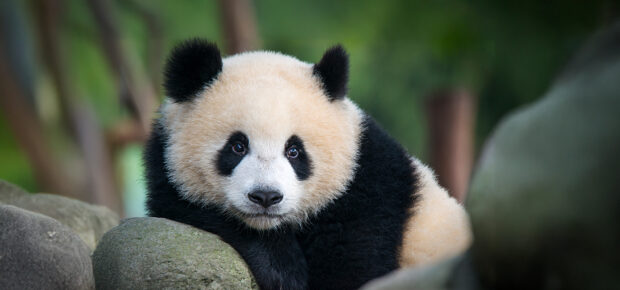





 AI Through Our Ages
AI Through Our Ages Liquid Infrastructure: Our Planet's Most Precious Resource
Liquid Infrastructure: Our Planet's Most Precious Resource The Impact of Technology in 2025
The Impact of Technology in 2025 Quantum and AI: Safeguards or Threats to Cybersecurity?
Quantum and AI: Safeguards or Threats to Cybersecurity? Why AI Can't Live Without Us
Why AI Can't Live Without Us Bits, Bytes, Buildings and Bridges: Digital-Driven Infrastructure
Bits, Bytes, Buildings and Bridges: Digital-Driven Infrastructure Impact of Technology in 2024
Impact of Technology in 2024 Emerging AI Cybersecurity Challenges and Solutions
Emerging AI Cybersecurity Challenges and Solutions The Skies are Unlimited
The Skies are Unlimited Smart Cities 2030: How Tech is Reshaping Urbanscapes
Smart Cities 2030: How Tech is Reshaping Urbanscapes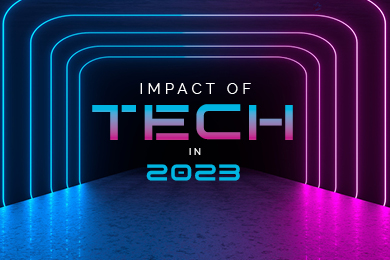 Impact of Technology 2023
Impact of Technology 2023 Cybersecurity for Life-Changing Innovations
Cybersecurity for Life-Changing Innovations Smarter Wearables Healthier Life
Smarter Wearables Healthier Life Infrastructure In Motion
Infrastructure In Motion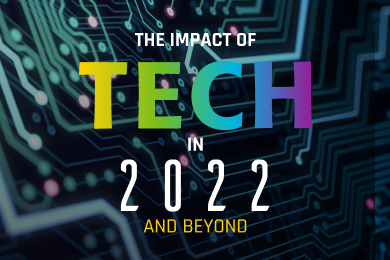 The Impact of Tech in 2022 and Beyond
The Impact of Tech in 2022 and Beyond Cybersecurity, Technology and Protecting Our World
Cybersecurity, Technology and Protecting Our World How Technology Helps us Understand Our Health and Wellness
How Technology Helps us Understand Our Health and Wellness The Resilience of Humanity
The Resilience of Humanity Harnessing and Sustaining our Natural Resources
Harnessing and Sustaining our Natural Resources Creating Healthy Spaces Through Technology
Creating Healthy Spaces Through Technology Exceptional Infrastructure Challenges, Technology and Humanity
Exceptional Infrastructure Challenges, Technology and Humanity The Global Impact of IEEE's 802 Standards
The Global Impact of IEEE's 802 Standards Scenes of our Cyber Lives: The Security Threats and Technology Solutions Protecting Us
Scenes of our Cyber Lives: The Security Threats and Technology Solutions Protecting Us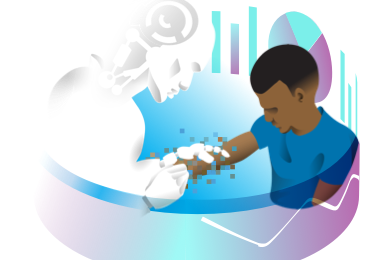 How Millennial Parents are Embracing Health and Wellness Technologies for Their Generation Alpha Kids
How Millennial Parents are Embracing Health and Wellness Technologies for Their Generation Alpha Kids Space Exploration, Technology and Our Lives
Space Exploration, Technology and Our Lives Global Innovation and the Environment
Global Innovation and the Environment How Technology, Privacy and Security are Changing Each Other (And Us)
How Technology, Privacy and Security are Changing Each Other (And Us) Find us in booth 31506, LVCC South Hall 3 and experience the Technology Moon Walk
Find us in booth 31506, LVCC South Hall 3 and experience the Technology Moon Walk Virtual and Mixed Reality
Virtual and Mixed Reality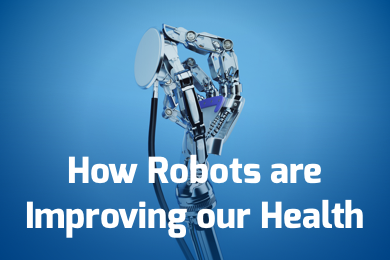 How Robots are Improving our Health
How Robots are Improving our Health IEEE Experts and the Robots They are Teaching
IEEE Experts and the Robots They are Teaching See how millennial parents around the world see AI impacting the lives of their tech-infused offspring
See how millennial parents around the world see AI impacting the lives of their tech-infused offspring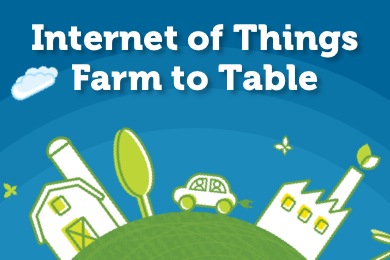 Take the journey from farm to table and learn how IoT will help us reach the rising demand for food production
Take the journey from farm to table and learn how IoT will help us reach the rising demand for food production Watch technical experts discuss the latest cyber threats
Watch technical experts discuss the latest cyber threats Explore how researchers, teachers, explorers, healthcare and medical professionals use immersive technologies
Explore how researchers, teachers, explorers, healthcare and medical professionals use immersive technologies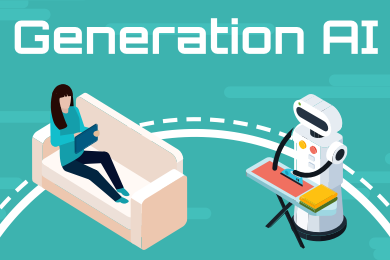 Follow the timeline to see how Generation AI will be impacted by technology
Follow the timeline to see how Generation AI will be impacted by technology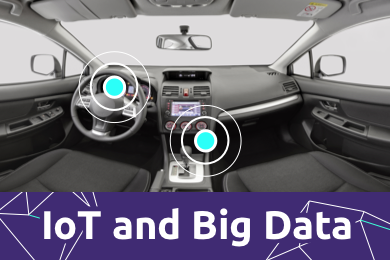 Learn how your IoT data can be used by experiencing a day in a connected life
Learn how your IoT data can be used by experiencing a day in a connected life Listen to technical experts discuss the biggest security threats today
Listen to technical experts discuss the biggest security threats today See how tech has influenced and evolved with the Games
See how tech has influenced and evolved with the Games Enter our virtual home to explore the IoT (Internet of Things) technologies
Enter our virtual home to explore the IoT (Internet of Things) technologies Explore an interactive map showcasing exciting innovations in robotics
Explore an interactive map showcasing exciting innovations in robotics Interactively explore A.I. in recent Hollywood movies
Interactively explore A.I. in recent Hollywood movies Get immersed in technologies that will improve patients' lives
Get immersed in technologies that will improve patients' lives